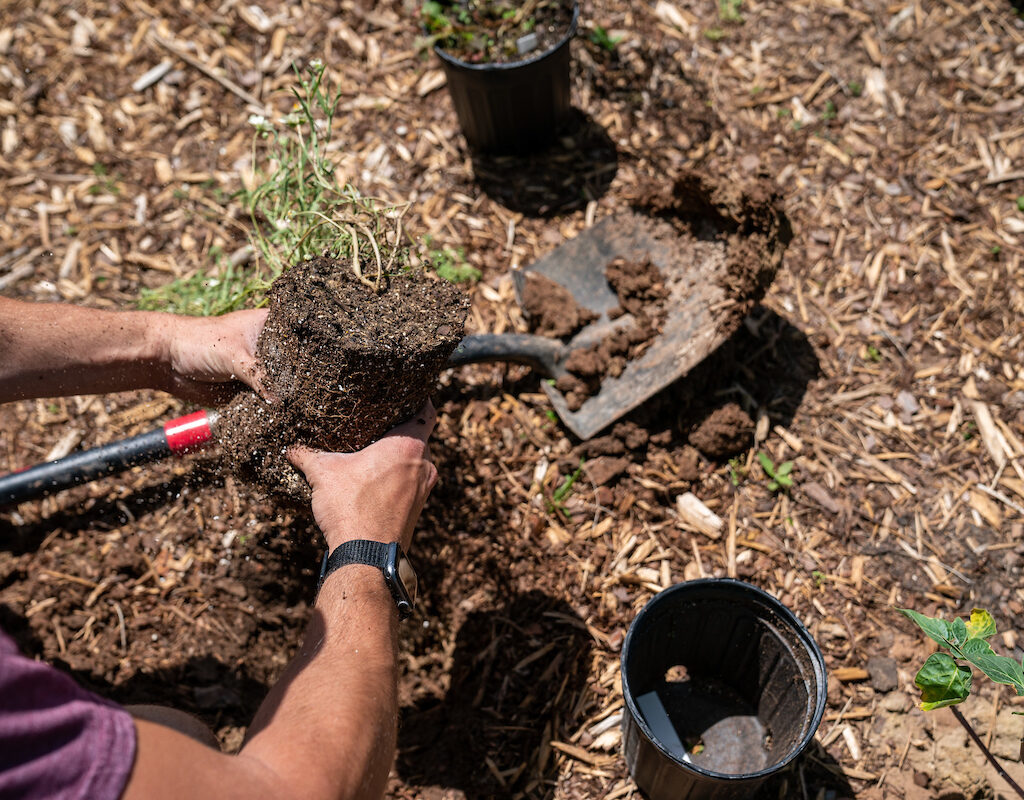It seems we can’t find what you’re looking for. Perhaps searching can help.
Agrilife Extension Resources
We offer landscaping education, workshops and instruction ranging from what trees, plants and grasses work best in various landscape designs to front and backyard landscaping ideas. From native landscaping to xeriscapes and reduction of water usage, Texans have a range of resources designed for all yards across the state.
Related Departments: Horticultural Sciences, Soil and Crop Sciences

Showing results for: Landscaping
Asset Type: Publication